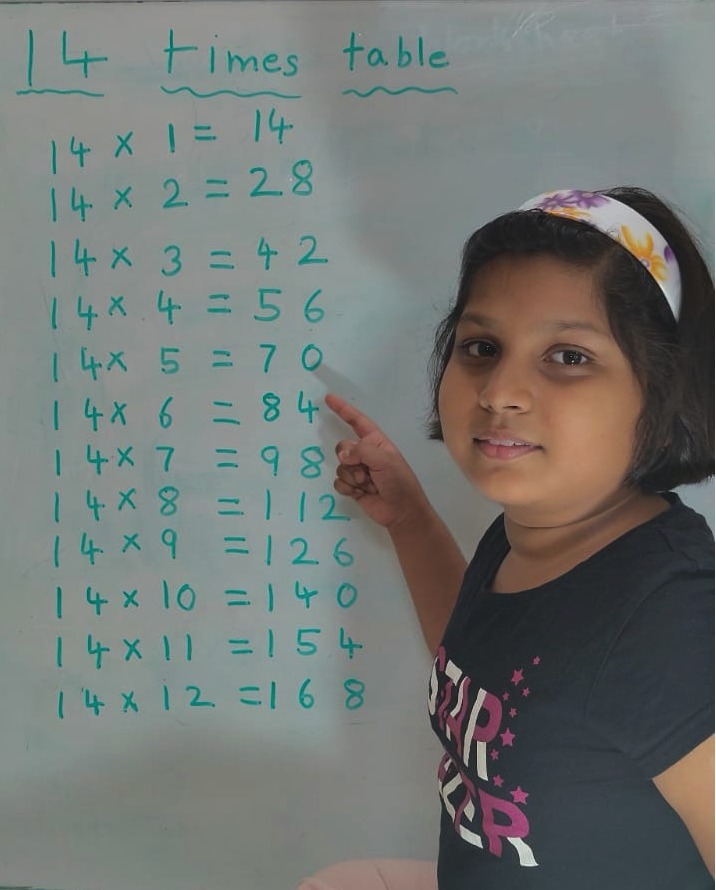Change of Subject of Formula
In previous topic of this chapter we have learnt about the subject in a formula. We know that a formula has both known and unknown quantities in it and the unknown quantity that we need to find using the hints and values of known quantities in the given question is said to be the subject of the formula.
Under this topic we will learn to change the subject of the formula. A formula can be given in any form but to change the subject we have to identify the known and unknown quantities given in the question. In some cases, the formula we know can directly be applied in order to get the value of the unknown quantity but in some cases we need to change the subject of the formula and then find the unknown quantity using the hints and known values. To change the subject of the formula, all we need to apply are simple mathematical operators such as addition, subtraction, division and multiplication.
Let us take an example to understand the concept in a better way.
1. We all know the following newton’s equation of motion;
v = u + at
where v = final velocity of the particle
u = initial velocity of the particle
a = acceleration of the particle
t = time taken by the particle to accelerate
here final velocity of the particle, i.e., is the subject of the formula.
Suppose we want to change the subject to ‘t’, then:
Step I: subtract ‘u’ from both sides of the equation.
v – u = u + at – u
⟹ v – u = at
Step II: Divide both sides of the equation by ‘a’:
v–ua = at/t
⟹ v–ua = t
Above equation is the required equation in which the subject is ‘t’.
In this way subject of an equation can be changed from one form to another.
Let’s have a look on another example of changing subject of formula:
2. considering another equation of newton’s equation of motion:
s = ut + ½ at2
where s = displacement of the particle
u = initial velocity of the particle
a = acceleration of the particle
t = time taken by the particle to cover the displacement.
In this equation, the displacement of the particle ‘s’ is the subject of the formula.
Now, if we want to change the subject of the formula from ‘s’ to ‘u’, one should the following steps:
Step I: Subtracting ½ at2 from both sides of the equation, we get
s – ½ at2 = ut
Step II: dividing both sides of the equation by ‘t’, we get
s−12at2t = ut/t
⟹ s/t – ½ at = u
hence the above equation is the equation having ‘u’ as the subject of the formula.
Similarly, subject of the formula can be changed by using simple mathematical operations.
9th Grade Math
From Change of Subject of Formula to HOME PAGE
Didn't find what you were looking for? Or want to know more information about Math Only Math. Use this Google Search to find what you need.
Recent Articles
-
Vertical Subtraction | Examples | Word Problems| Video |Column Method
Mar 22, 25 05:20 PM
Vertical subtraction of 1-digit number are done by arranging the numbers column wise i.e., one number under the other number. How to subtract 1-digit number vertically? -
Worksheet on 11 Times Table | Printable Multiplication Table | Video
Mar 22, 25 05:08 PM
Worksheet on 11 times table can be printed out. Homeschoolers can also use these multiplication table sheets to practice at home. -
Worksheet on 10 Times Table | Printable Multiplication Table | Video
Mar 21, 25 03:46 PM
Worksheet on 10 times table can be printed out. Homeschoolers can also use these multiplication table sheets to practice at home. -
5th Grade Prime and Composite Numbers | Definitions | Examples | Math
Mar 21, 25 12:18 AM
5th grade prime and composite numbers -
14 Times Table | Read and Write Multiplication Table of 14| Video
Mar 20, 25 04:03 PM
In 14 times table we will learn how to read and write multiplication table of 14. We read fourteen times table as:One time fourteen is 14 Two times fourteen are 28 Three times fourteen are 42





New! Comments
Have your say about what you just read! Leave me a comment in the box below. Ask a Question or Answer a Question.